- Spacious and practical interior
- Excellent drivetrain
- Good looks
- Lifeless steering
- Basic AEB and lack of active cruise
- Soon to be discontinued in Australia
The 2020 Renault Kadjar is the perfect example of the right car at the wrong time. It’s a compact SUV that straddles the line between city-friendly dimensions and useful interior space, aping the formula that the Nissan Qashqai so successfully laid out for it. And with SUV sales continuing to dominate the Australian market, it’s perfect timing, right? Not so much. While Renault hopes the Kadjar’s good looks will lure you into its showrooms, many of its competitors have already established their names in what is now a saturated market.
Wind the clock back to 2015 and the fresh-faced Kadjar would have stacked up well against its rivals, including the Hyundai ix35, the Mitsubishi ASX and Peugeot 4008 twins, the Skoda Yeti, Suzuki S-Cross and first-generation Volkswagen Tiguan. Its stylish design, fresh technology and spacious interior gave it an edge over competitors.
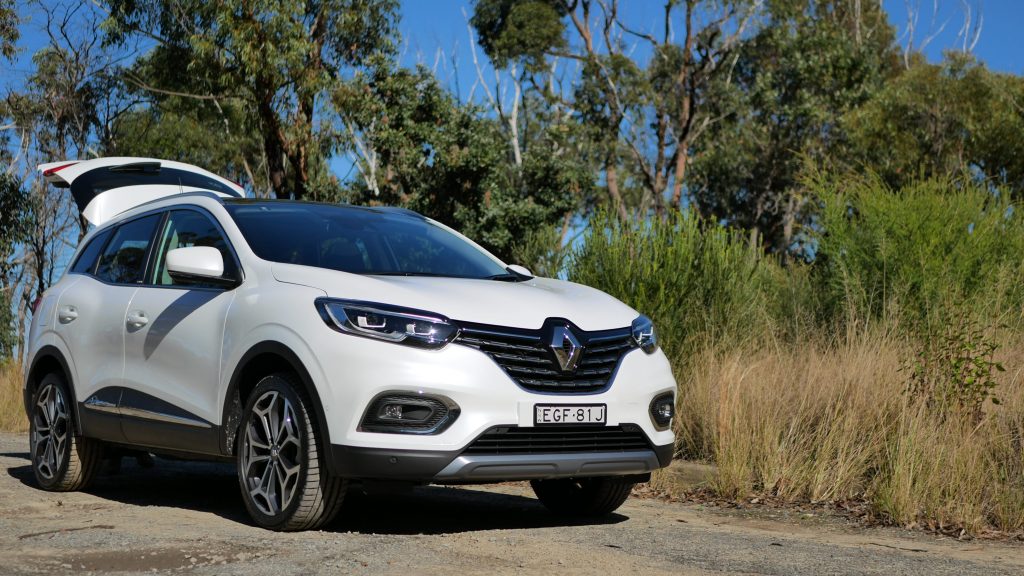
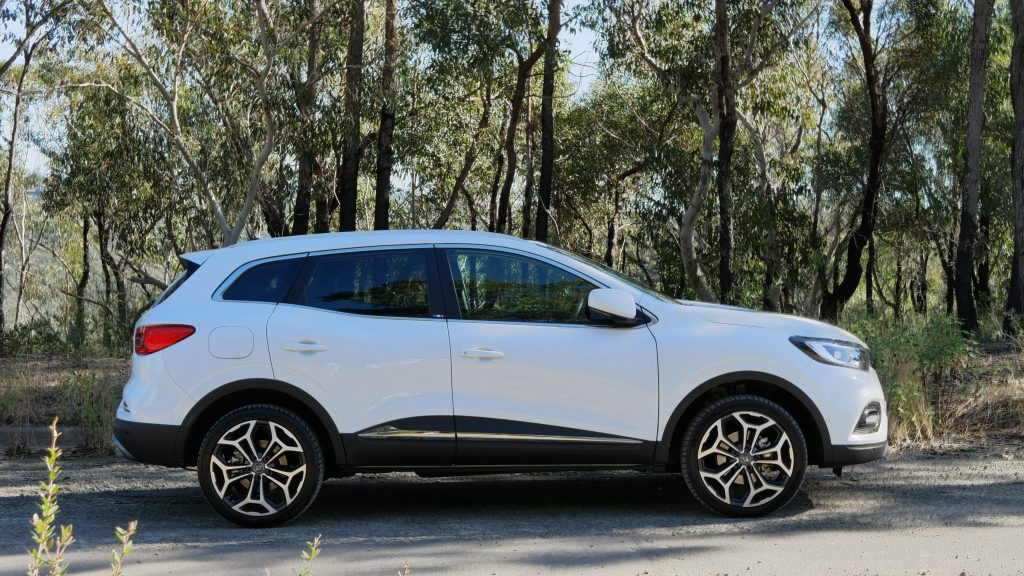
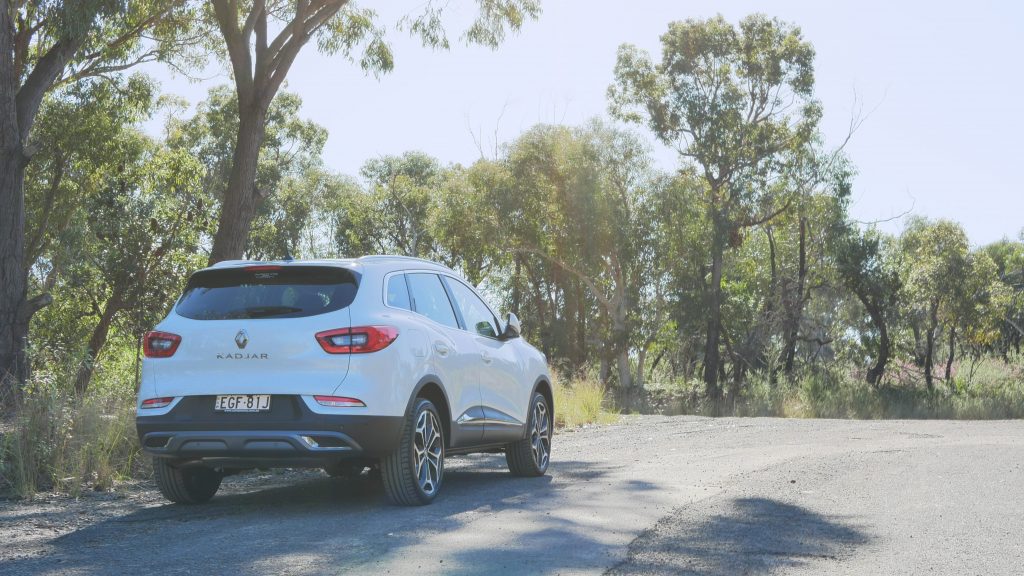
Fast forward to 2020 and the compact SUV class is more competitive than ever, with new rivals popping up left, right and centre. So, now that the 2020 Renault Kadjar has finally arrived locally after a midlife refresh in 2018, how does it stack up against the status quo?
Price & Specs: 8.5/10
Officially, the Kadjar range kicks off at $29,990 plus on roads for the Life, before moving up to $32,990 plus on roads for the mid-grade Zen and $37,990 for the full-fat Intens. Even though the it’s only been on sale locally for nine months, a tough first half of 2020 means Renault is already offering drive-away deals. At the time of writing, you can pick up a new Kadjar from $28,990 to $36,990 drive away. Metallic paint adds an additional $850 across the range.
The local range starts life with the Life – getting 17” alloys, dual-zone climate control, a 7.0-inch touchscreen with Apple CarPlay and Android Auto, two USB ports up front, a 7.0-inch digital driver’s display, automatic headlights and wipers, an electronic park brake, autonomous emergency braking, front and rear parking sensors, a tyre pressure monitor, and a reversing camera.
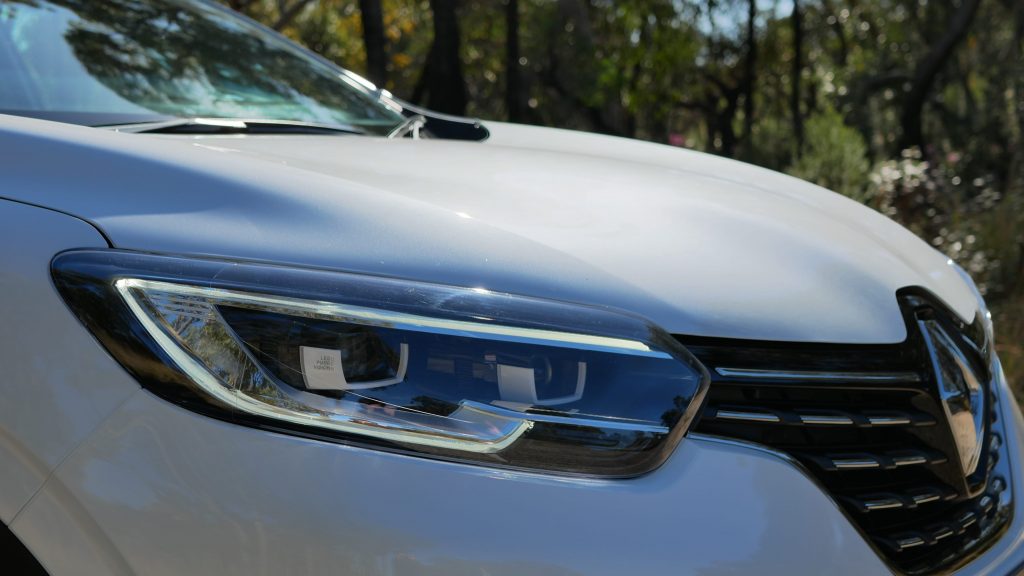
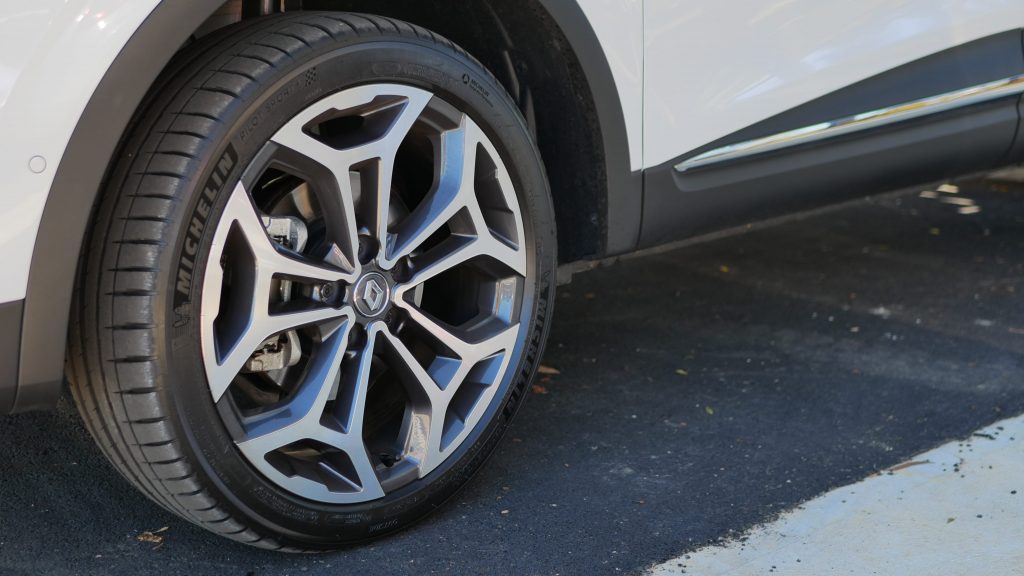
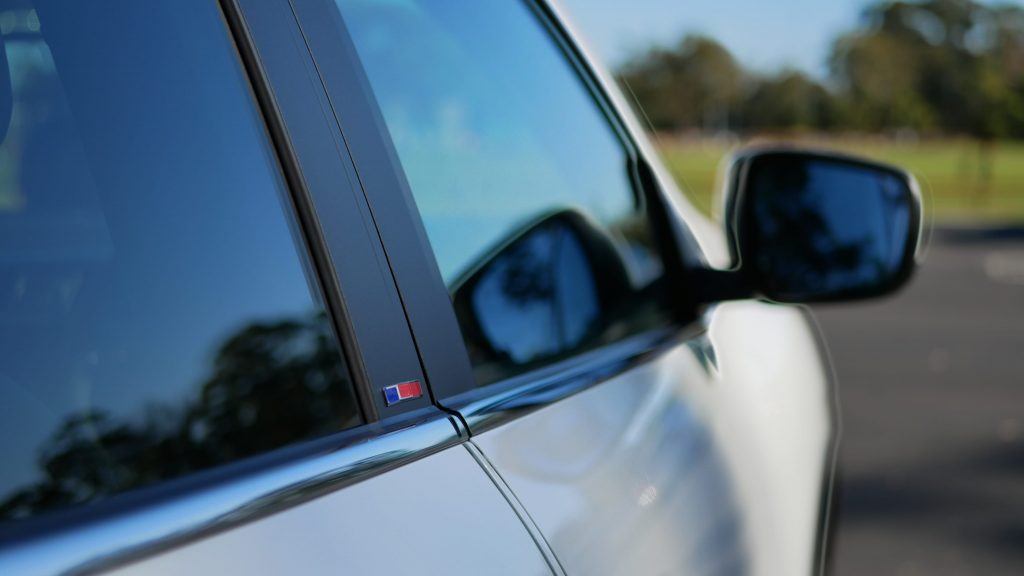
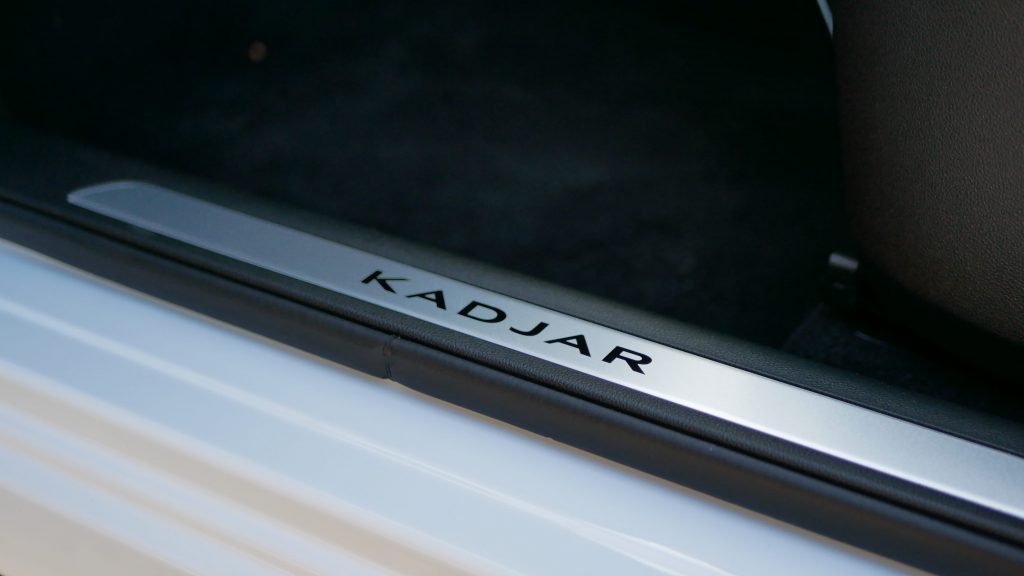
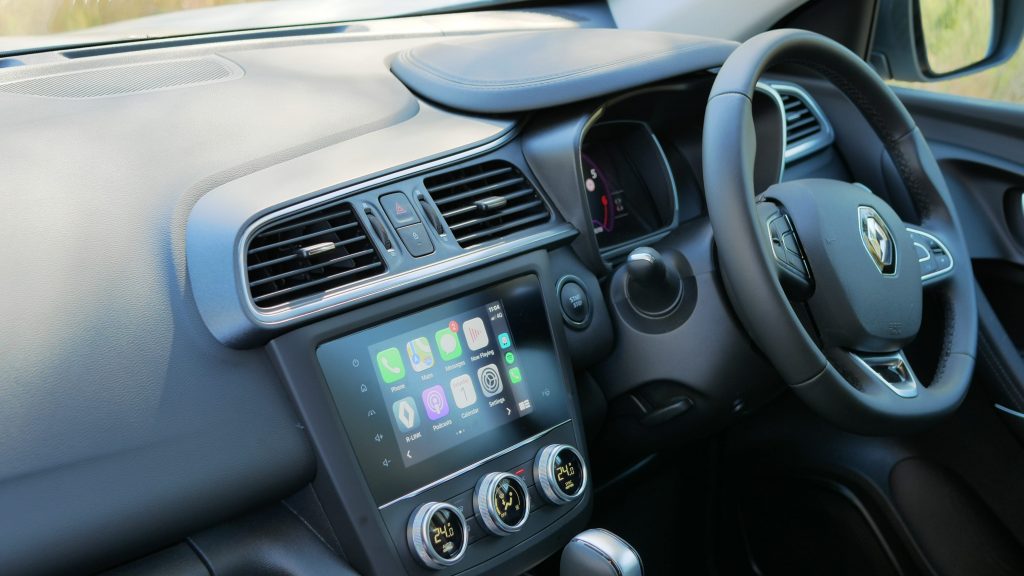
The Zen swaps the Life’s standard key for a proximity keycard, adds satellite navigation, side parking sensors, fog lights, blind spot warning, lane departure warning, rear air vents, and two rear USB ports.
The model we have on test is the Intens, which ups the ante with 19” two-tone alloys, a panoramic fixed-glass sunroof with electric sunblind, and all lighting inside and out is upgraded to LED. Inside, you’re treated with an auto-dimming rearview mirror, active high beam, automatic handsfree parking, a seven-speaker Bose sound system, leather upholstery, and heated front seats, with the driver’s being electrically adjustable.
The 2020 Renault Kadjar offers a lot of kit at the top end, which is priced more like a mid-spec variant compared to rivals. For example, to get premium audio and LED lighting in a Kia Seltos you’ll need to step up to the GT-Line at an eye-watering $42,990 drive away. The Seltos does however offset the cost with a bigger engine, AWD and a more comprehensive safety suite. Speaking of safety, it’s interesting that the Kadjar isn’t available with adaptive cruise control or high-speed AEB yet its twin under the skin, the Qashqai Ti can be had with both for $40,290 drive away.
Performance & Economy: 8.5/10
All Australian-delivered Kadjars get a 1.3-litre turbocharged four-cylinder engine (which Renault co-developed with Daimler) mated with a seven-speed dual-clutch transmission putting power to the front wheels. It’s good for 117kW and a useful 260Nm of torque, dispatching 0-100 in 9.6 seconds.
You’re not exactly going to win any traffic light drag races, but it feels quicker than the numbers suggest and the torque will surprise you once up and running. A gentle prod of the throttle sees the Kadjar swiftly pick up pace, all without dropping a cog thanks to how low down that torque is available. It makes for a hushed, relaxing driving experience – suiting the very nature of a family hauler.
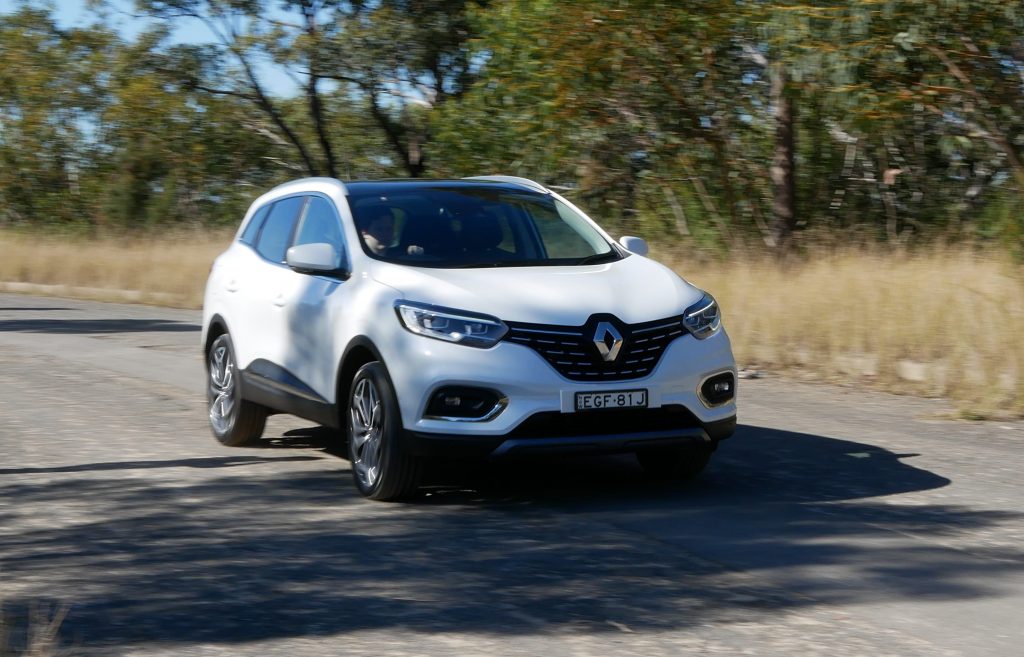
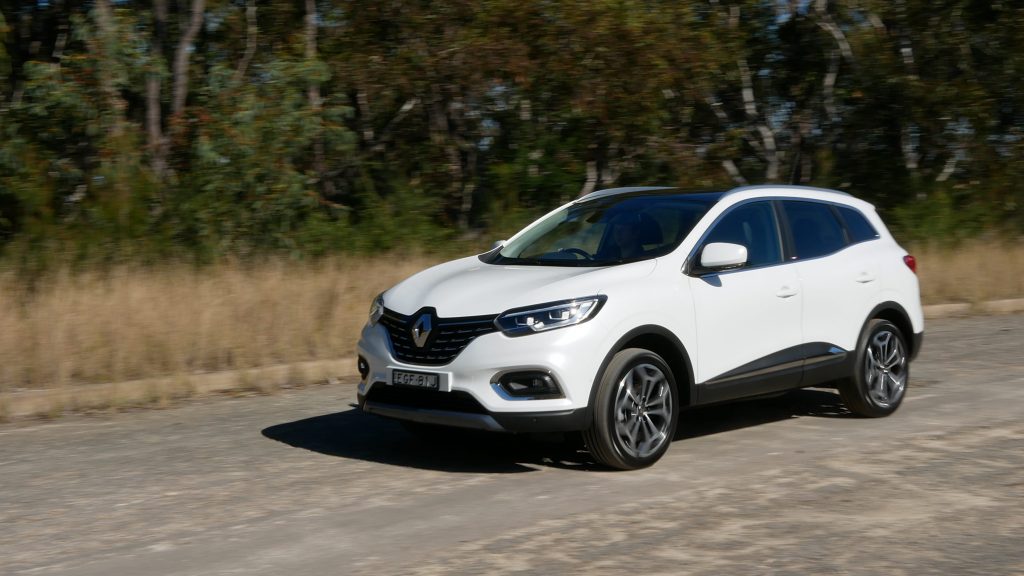
The dual clutch also plays its part in creating a serene driving experience. Never missing a beat in the urban crawl, it feels much like a traditional slush box at lower speeds, picking gears smoothly and smartly. Pick up the pace and it continues to impress, quietly shifting up to seventh at motorway speeds and swiftly kicking down when needed. Refinement levels are good, with very little in the way of NVH making its way into the cabin.
Being able to lean on that torque means you rarely push it hard enough to warrant kicking down gears, which helps keep economy in check. The Kadjar claims to use 6.3L/100km, and we achieved an impressive 6.8L/100km during our time with it. This was helped by the fact that the stop/start system responds with even the slightest release of the brake pedal, never leaving others wondering if you’d stalled at the lights.
“Being able to lean on that torque means you rarely push it hard enough to warrant kicking down gears…”
When comparing the Kadjar’s drivetrain to the Qashqai and Seltos, on paper the Kadjar sits somewhere in the middle of the pair. The Nissan Qashqai’s 2.0-litre engine makes a lesser 106kW/200Nm while the Seltos AWD’s 1.6-turbo pushes out a respectable 130kW/265Nm. In the real world however, it’s a different story thanks to the Kadjar’s more sophisticated dual clutch. It feels almost as quick as the Kia, while sipping noticeable less fuel in the real world than the Seltos (9.5L/100km).
Rise & Handling: 7/10
Big 19” wheels and quality Michelin Pilot Sport 4 rubber might hint that the Renault Sport effect has trickled down to Renault’s grocery getters, but step behind the wheel and it couldn’t be more opposite. A cushy suspension setup means the 2020 Renault Kadjar harks back to French cars of old, soaking up our poor quality roads with aplomb. Combined with the hushed road and wind noise, the Kadjar makes for a very cosseting family hauler.
“…the Kadjar harks back to French cars of old, soaking up our poor quality roads with aplomb.”
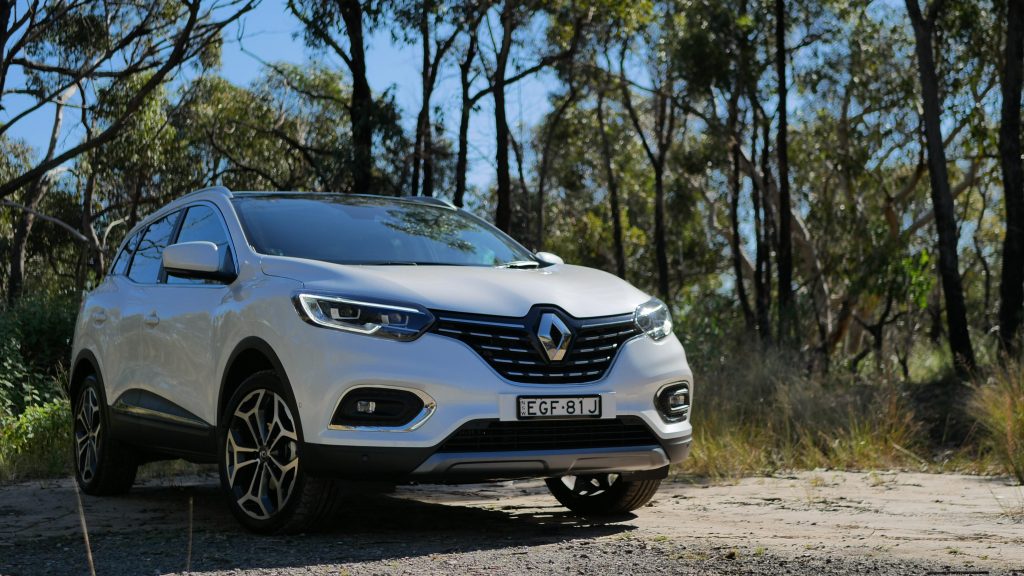
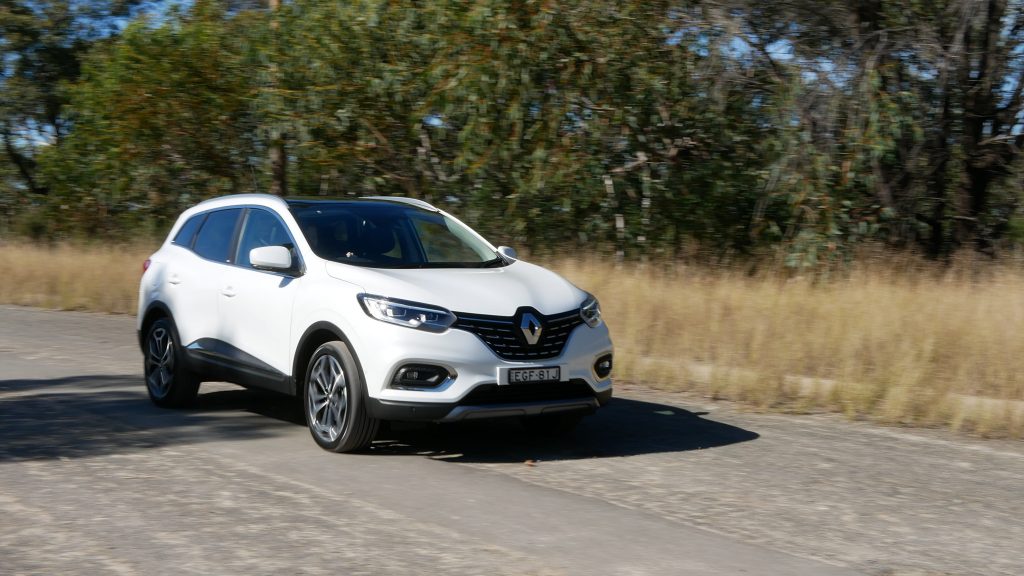
Find a twisty road and attack it with a bit more enthusiasm and you’ll quickly start to lose confidence. Not a result of poor handling or a lack of composure – the Kadjar grips well enough to get you out of a sticky situation, should it be faced with one – but because the steering provides no feedback at all. When you take your first corner, the it catches you off guard with its videogame-like lightness – feeling like it is not physically connected to the front wheels.
It’s a shame because the drivetrain is strong and, despite some body roll, the Kadjar’s neutral handling and good tyres means it should make for a reasonably enjoyable drive. The Kia Seltos by comparison provides much more confidence behind the wheel thanks to its meaty steering.
Interior & Practicality: 8.5/10
Being slightly larger than your many in the class, the 2020 Renault Kadjar benefits from a roomy interior and boot. Its 408L boot comfortably trumps the Mazda CX-3, Hyundai Kona and Toyota CH-R – offering 264L, 361L and 377 respectively – even if its not quite large enough to edge the Nissan Qashqai (430L) or Kia Seltos (433L). Its a thoughtful space, too – offering shopping bag hooks, false floors that also function as dividers, and pull tabs that drop the seats down to make a large, flat floor. It also scores extra points since the parcel shelf comfortably fits the under the false floor.
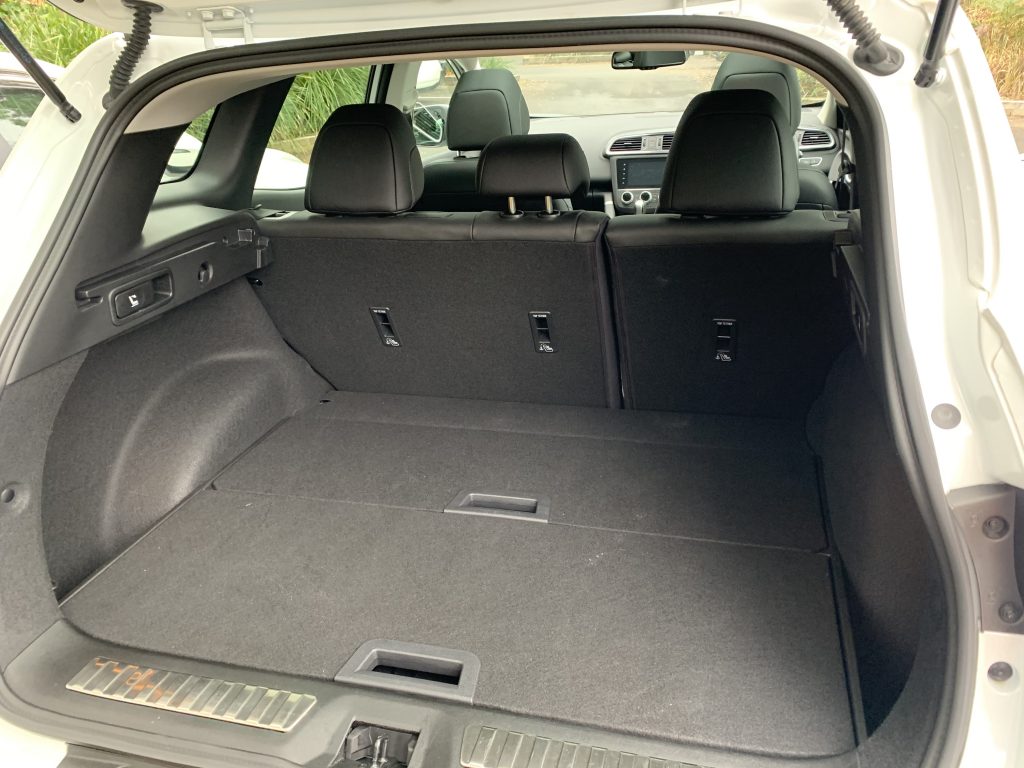
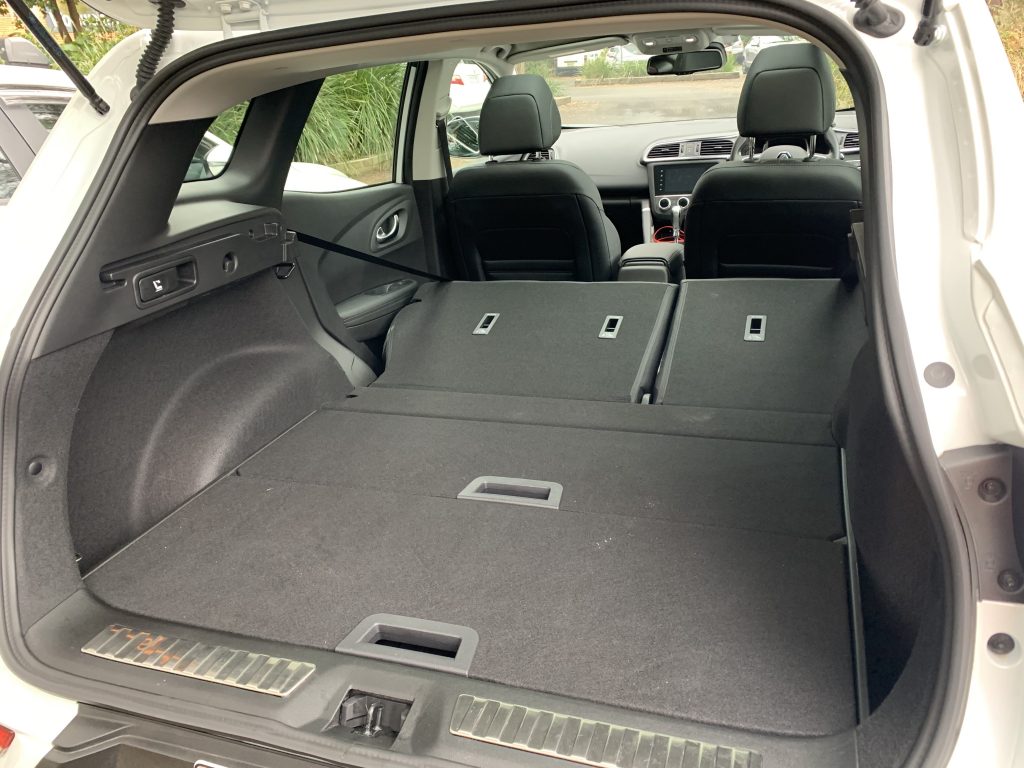
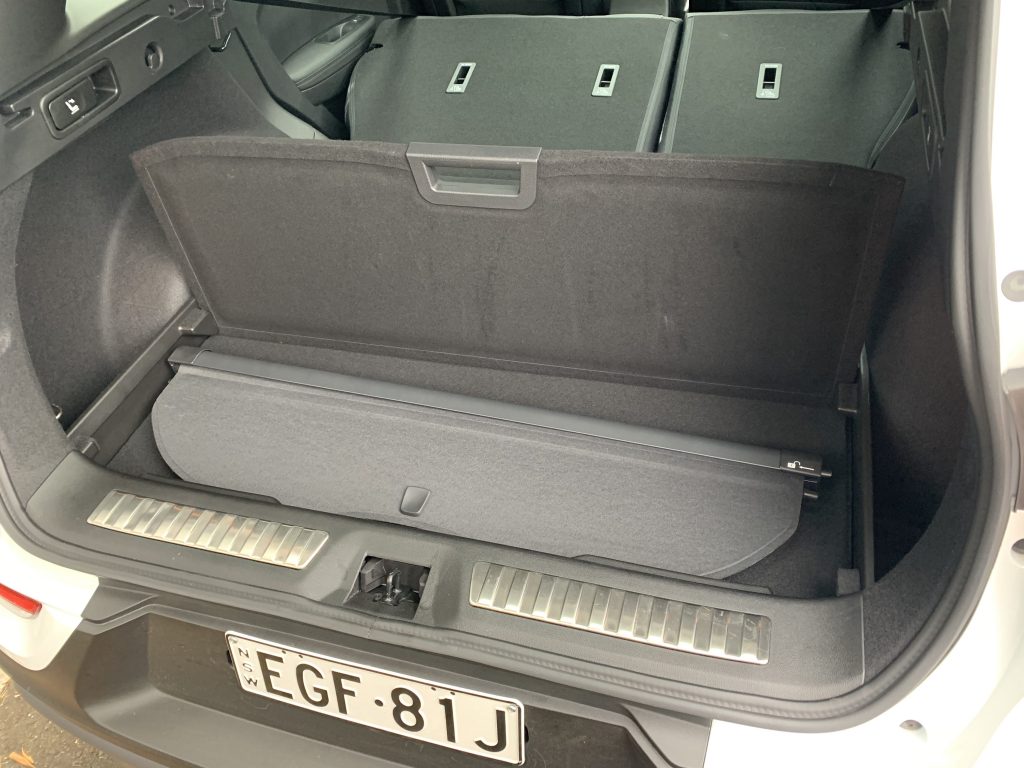
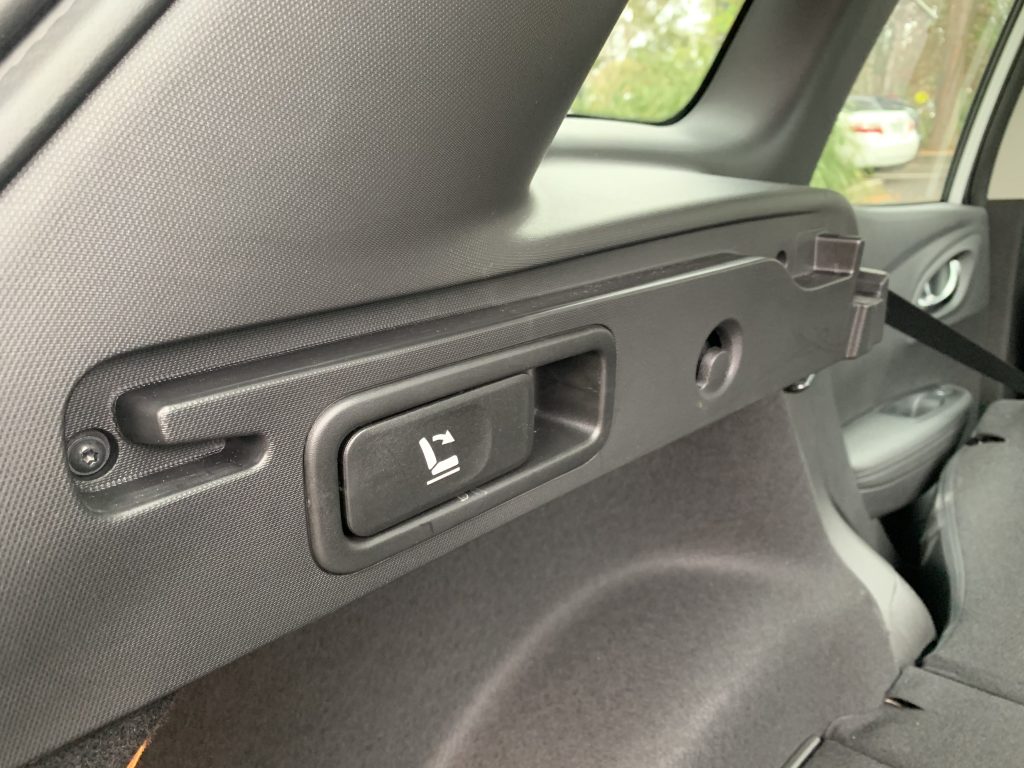
Step inside and those generous dimensions continue to pay dividends. There’s plenty of legroom in the second row, even with the driver’s seat set for my 193cm (or 6’3 in old money) frame, and there’s enough headroom to accommodate that panoramic sunroof without anyone needing to slouch. Amenities include a centre armrest with cupholders, air vents, two USB ports and LED reading lights.
“Step inside and those generous dimensions continue to pay dividends.”
Up front, the first thing you notice is the quality. Everything feels well screwed together and the materials are of a high quality for the class. Comparing it to a Kia Seltos, which costs a chunk more in GT-Line trim, the Kadjar offers a soft-touch dashboard, soft-touch door tops in the front row, felt lining in the door pockets, glove box and centre console storage, all round auto up/down windows and that lovely panoramic sunroof. Even the climate control knobs and steering wheel controls feel high quality in their operation. The only real fumble is the lower section of the gear lever, which looks like it’s lost its leather gaiter.
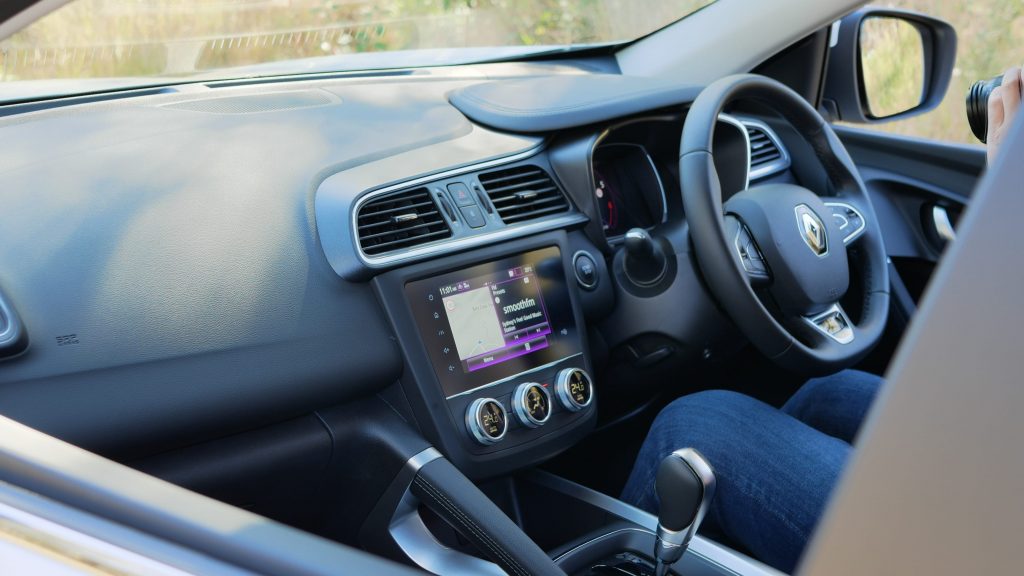

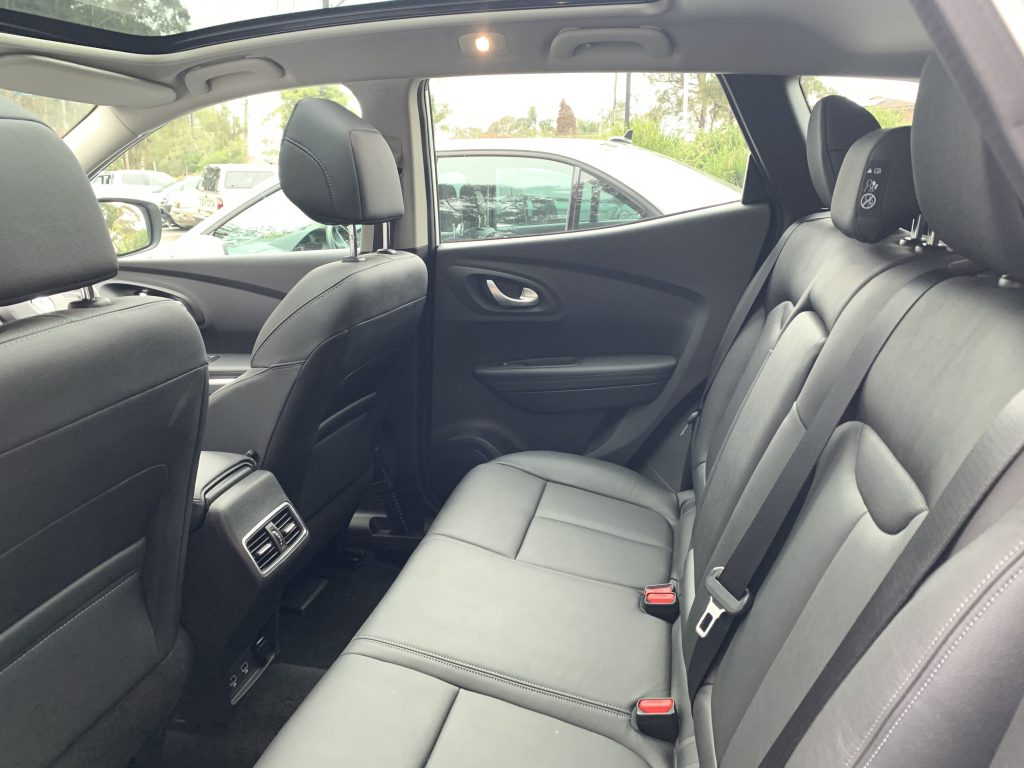
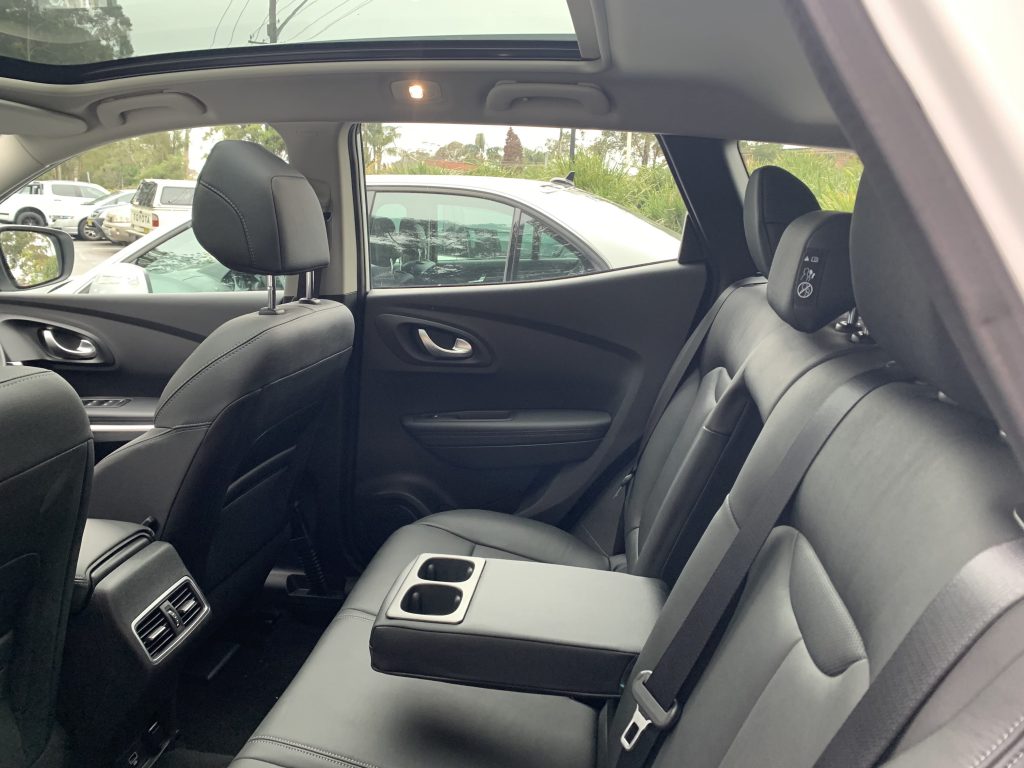
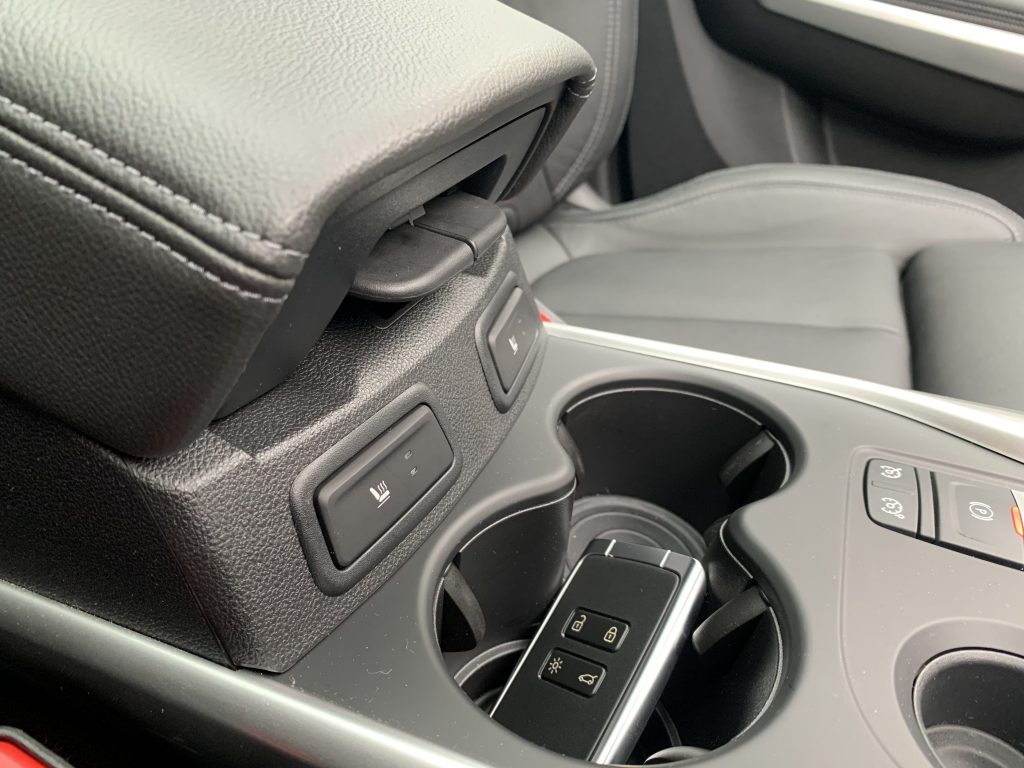
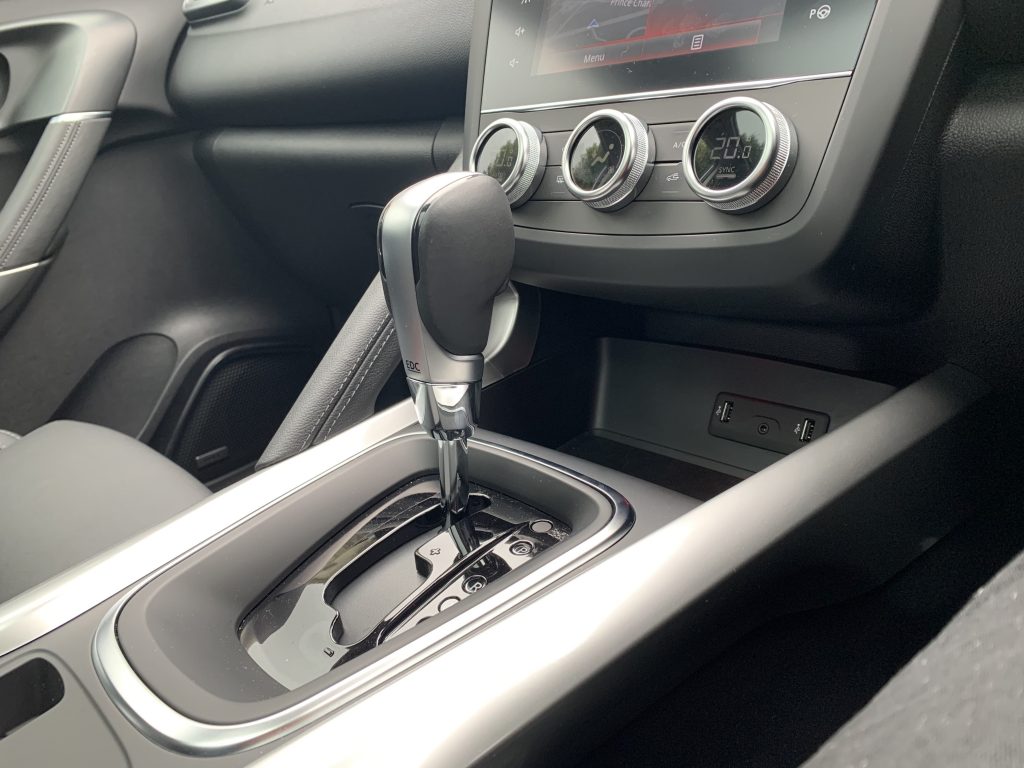
The leather pews offer a typically-SUV driving position – high up with a good view of the road ahead. The cushioning is firm but supportive, meaning no aches after spending a few hours behind the wheel. The electrically adjustable driver’s seat doesn’t offer memory, which is a shame if you are constantly swapping drivers.
For connectivity on board, you’re covered by a pair of 7.0-inch screens – a touchscreen infotainment system and a digital driver’s display. The former supports both Android Auto and Apply CarPlay, and is set behind a neat pane of matte-finish glass that also houses touch-sensitive controls on either side. Oddly, the R-Link 2 software felt snappier in landscape format than it did in the Megane’s portrait system, responding more quickly and reliably to touch inputs. There’s a plethora of functions you can control through the touchscreen – including basic car personalisation and driver’s aids settings. Like in the Megane, the Intens-only Bose sound system is a fantastic addition.
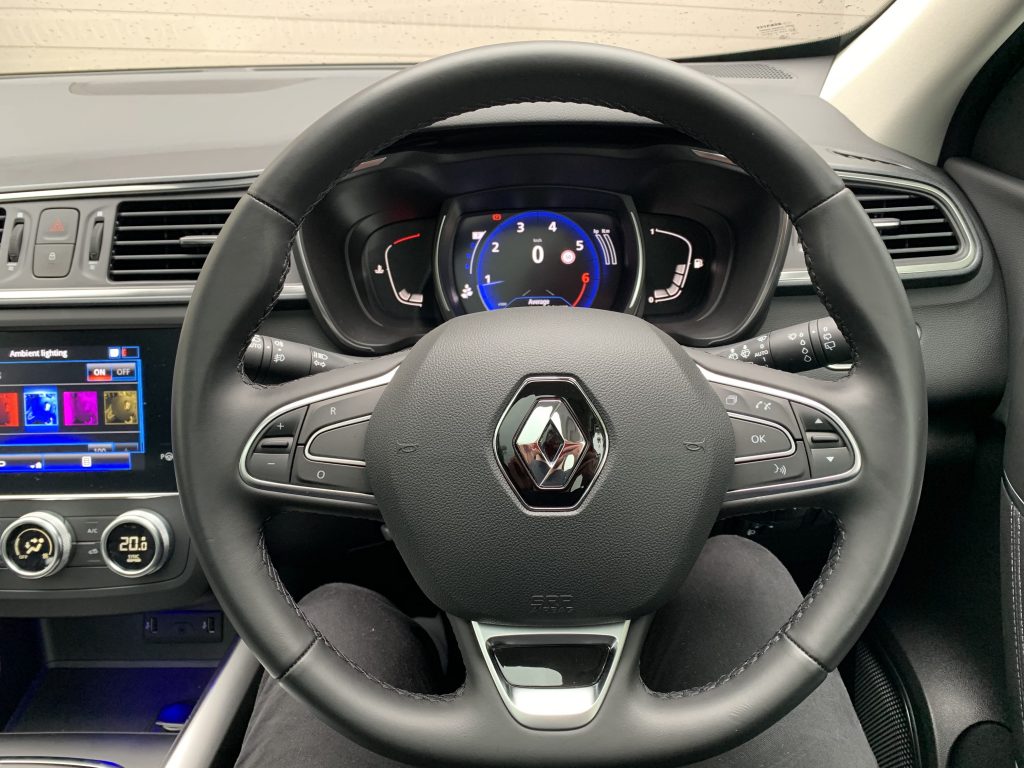
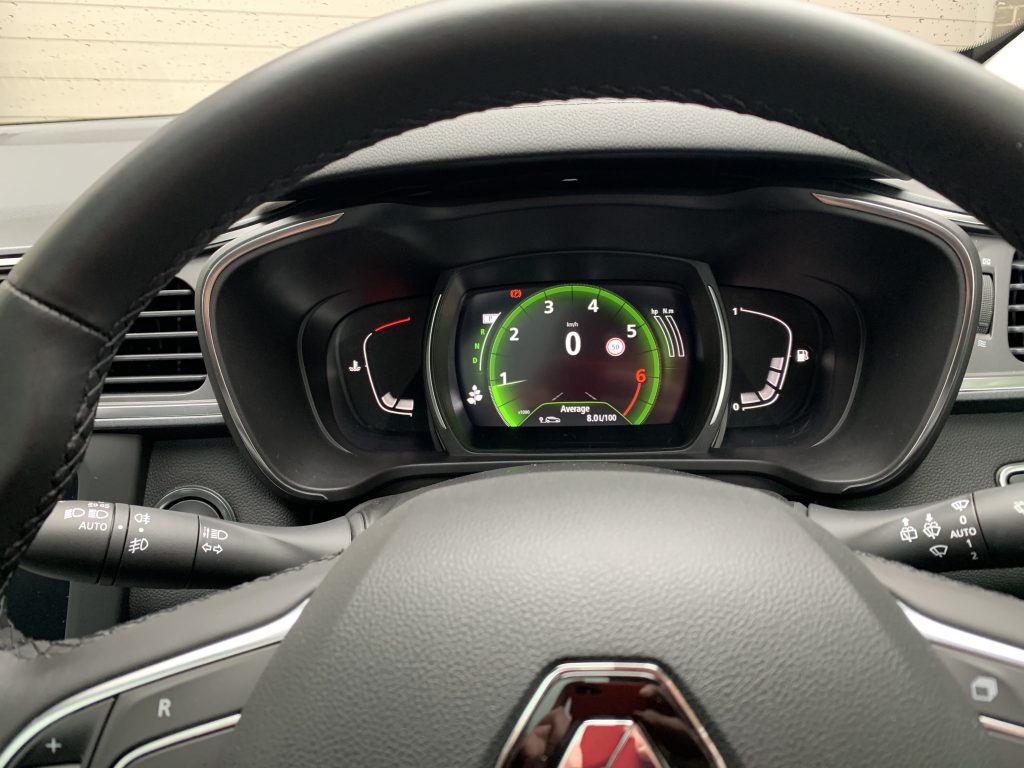

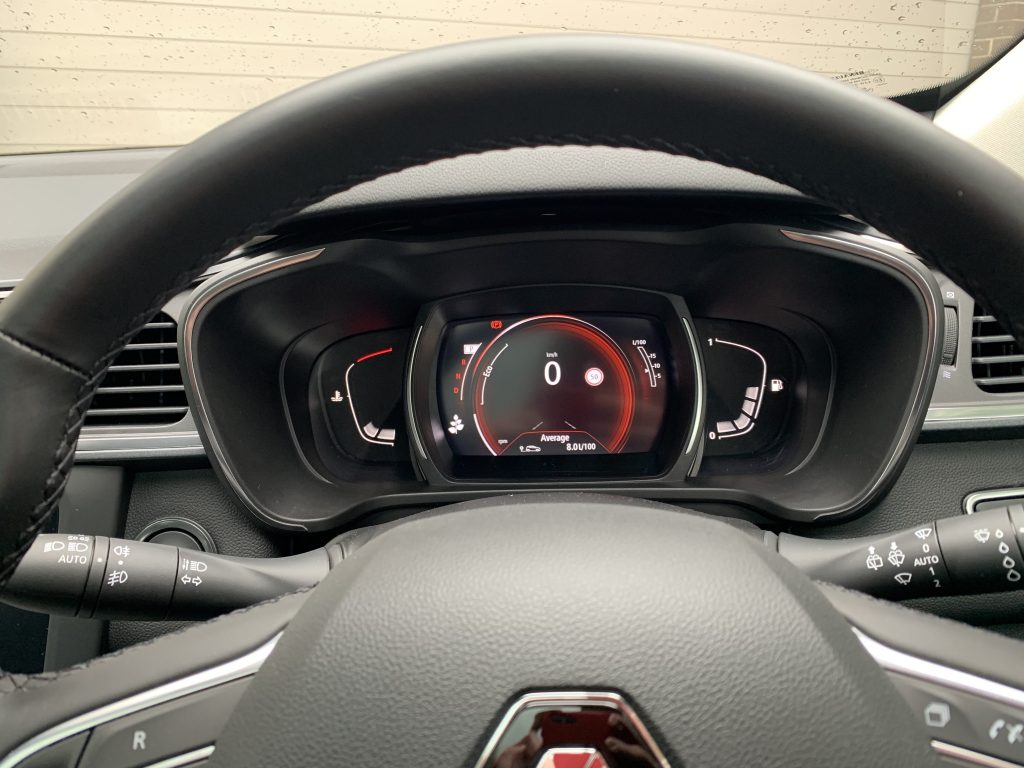
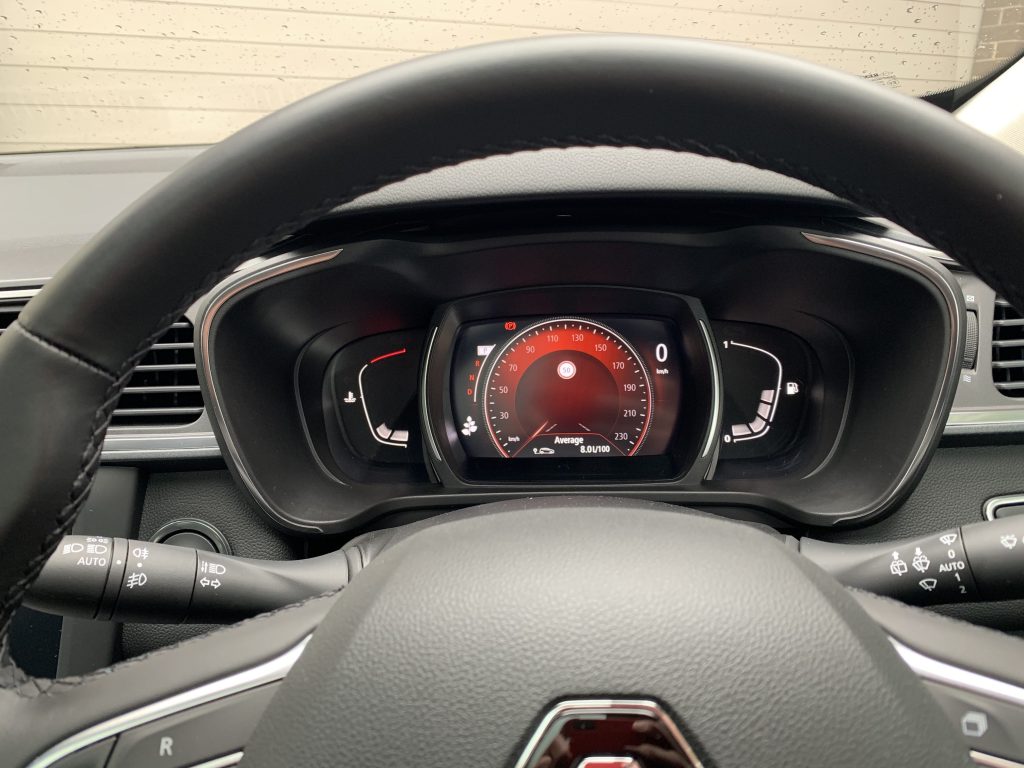
The digital driver’s display is bright, clear and offers a variety of different ways to configure it. It can also display handy driver information – such as the current speed limit (as read by the windscreen-mounted camera, so beware of school zones and buses), navigation instructions which works for the built-in navigation and Apple Maps but not Waze, power and torque figures, and current media info.
While the driver’s display is a good piece of kit to have across the range, there’s no HUD available. The Kadjar’s touchscreen is also starting to fall behind in terms of real estate, with the Kia Seltos’ 10.25-inch touchscreen (standard in the Sport+ and GT-Line) beating it for brightness, clarity and user friendliness.
Running Costs & Warranty: 8/10
The 2020 Renault Kadjar was the first Renault to introduce its new 5-5-5 ownership program which aims to debunk theories that French cars cost a lot to run. It includes a five-year/unlimited kilometre warranty, five years capped price servicing, and five years road-side assistance.
The price per service is inclusive of ‘additional service items’ such as filters, fluids, belts and spark plugs and high-mileage drivers will appreciate the fact that the Kadjar only requires a visit to the dealership every 30,000km or 12 months. Most manufacturers require servicing in half the kilometres, some even less.
“…high-mileage drivers will appreciate the fact that the Kadjar only requires a visit to the dealership every 30,000km or 12 months.”
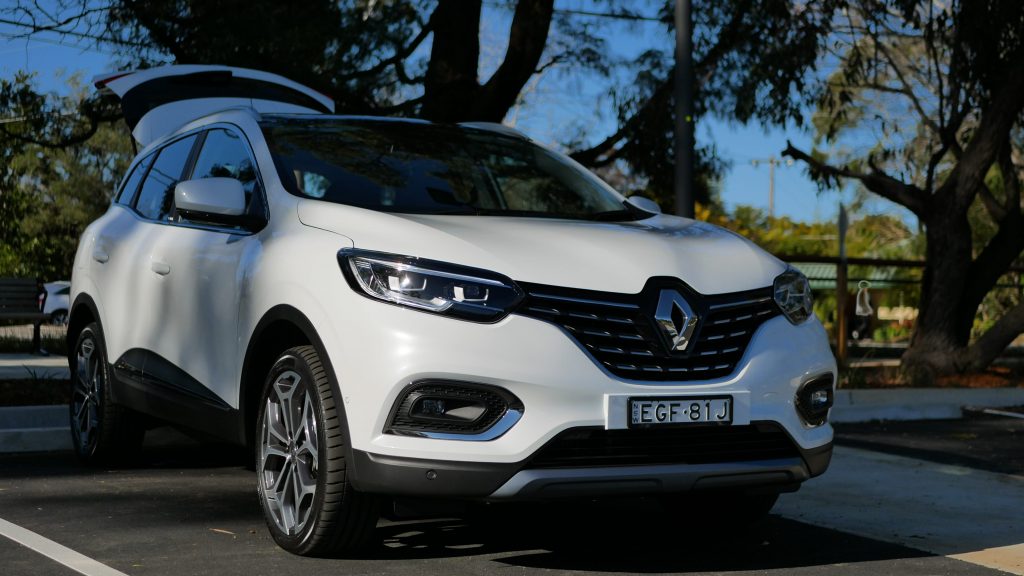
Over five years you’ll spend $2,385 servicing your Kadjar, which is slightly more than the $2,025 you would spend servicing for a Kia Seltos GT-Line. The Nissan Qashqai blitzes them both with its $1,387 over the same period.
What if you do 15,000km a year? The Kia’s and Nissan’s inferior 10,000km intervals means owners will have to visit the dealer twice a year, with the Kia’s total cost blowing out to $3,265 over five years/75,000km versus the Renault’s $2,385. The Nissan still leads, with a sensible $1,914 over five years/75,000km. Cover even more mileage per year and the scales tip over it the Kadjar’s favour even more.
2020 Renault Kadjar Intens DiscoverAuto Rating: 8.1/10
The Renault Kadjar might be late to the Australian market but it presents as a genuine competitor in the compact SUV segment. It looks good, has an excellent drivetrain, offers plenty of room inside and is great value. It’s a shame then that Renault hesitated before bringing the Kadjar to local dealerships, as its now starting to show its age. Even with its bang up-to-date drivetrain and refreshed styling, its infotainment and driver assistance technology can’t match that of newer rivals like the Seltos.
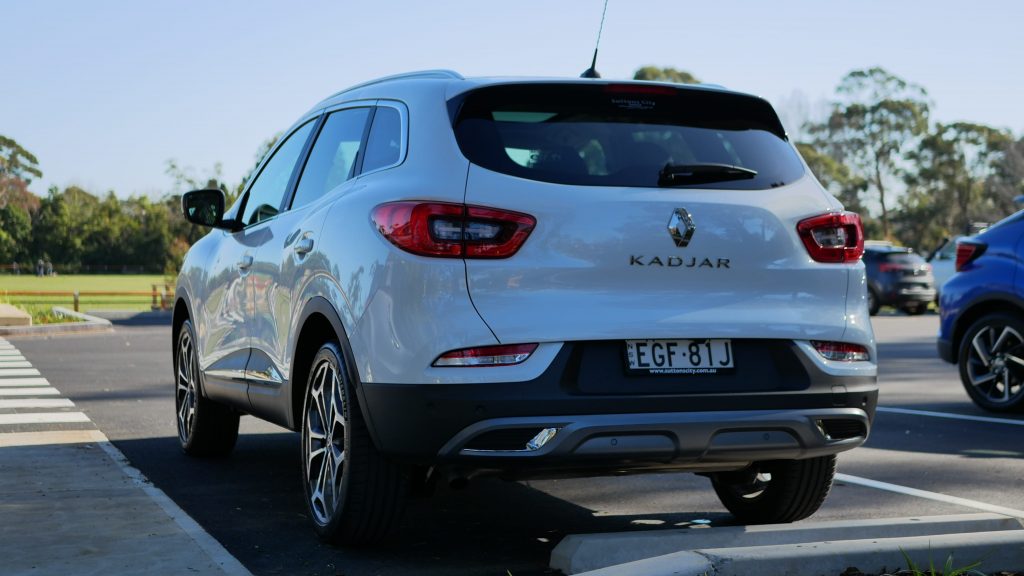
Had it launched in 2015, the 2020 Renault Kadjar could very well have challenged the Koleos as the French brand’s best seller, but it’s a case of too little too late. The Koleos has been carving out its slice of the pie since 2008, whereas the Kadjar is playing catchup in the most competitive segment in the Australian market.
Two weeks ago Renault Australia revealed its plans to rejig its range in 2021 with the new Captur and the all-new Arkana coupe-SUV, which will replace the Kadjar in mid 2021. If you’re in the market for a comfortable, refined and and spacious SUV with good looks to boot, the Kadjar is a good all-rounder that does very little wrong. And its recent price cut makes it an even more interesting left-field (and limited) proposition.
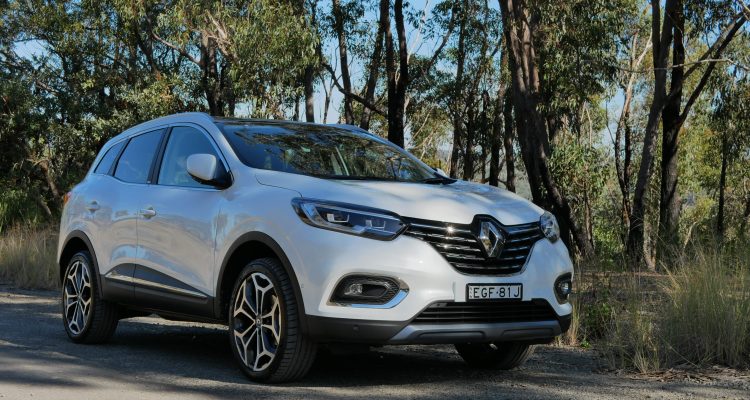
Leave a Reply